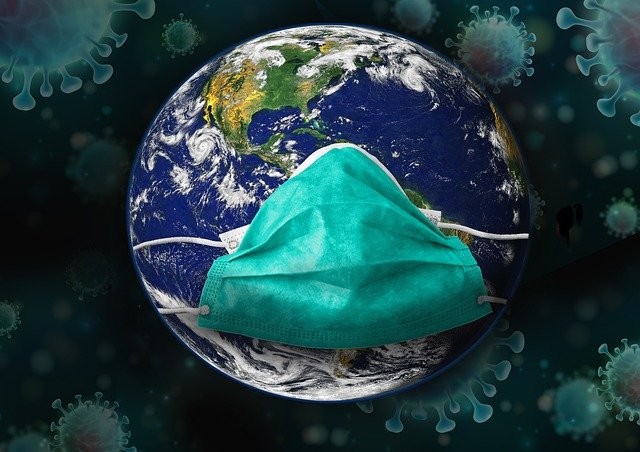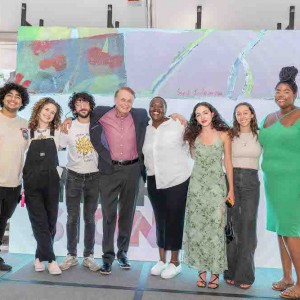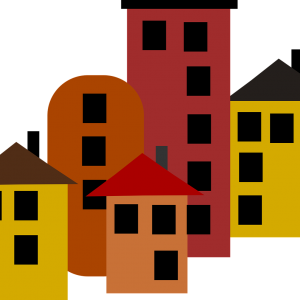Creativity in a Post-COVID World
Guest Correspondence
SRQ DAILY
SATURDAY MAY 22, 2021 |
BY DR. LARRY THOMPSON
The last 18 months have challenged us like nothing before in our lifetimes. Creativity and innovation are often the outcome of adversity – they get leveraged heavily to help us solve our most challenging problems. There is a reason we say, “Necessity is the mother of all invention.” We have so much evidence to support this statement over the course of the pandemic. As I’ve written over these last months, we have seen healthcare, government, education, philanthropy, art and culture, and nearly every sector find creative ways to meet the needs presented by living and working in a physically distanced world.
Now, with just over half of the adult population in the United States having received at least one dose of a COVID vaccine, it seems we are at a place to really focus on shaping what our lives and communities will look like post-COVID. Will we seek a return to what was? Or, will we embrace the innovative spirit that has caused us to imagine and create something different?
Consider innovation for a moment. Traditionally, we think about innovation as identifying a problem and figuring out a new approach to solve it. We get smart, experienced, creative people in a room and brainstorm ideas for solving a problem. Sometimes we use the resources currently at our disposal, and sometimes we invest in or create a new product or service to meet the need. We’ve seen a lot of this kind of traditional innovation throughout the pandemic – clothing companies making face masks, healthcare providers leveraging or investing in telehealth technologies, and applying Zoom to far more activities than we had ever imagined or wanted, for example.
But, what if we were to think about innovation and creativity in reverse? What if we were to start with a potential solution, not a problem, and then figure out how the solution could be used to address any number of problems that exist? Johnathan Cromwell, assistant professor in the Department of Entrepreneurship, Innovation, Strategy and International Business at the University of San Francisco, and Blade Kotelly, an innovation consultant and senior lecturer at MIT and instructor for MIT Professional Education refer to this thinking as emergent innovation. And, according to them, it creates the capacity for amazing opportunities to solve problems you never imagined you could, or would.
Let me give you an example. Dyson, long known for its being innovative, has been doing this kind of innovation for a long time. It started with its vacuum technology and asked the question: What else can we do with this? From that curiosity came hair dryers, hand sanitizers, and air purifiers. In the context of the pandemic, Dyson realized its vacuum technology could also be used for ventilators, which were in extremely high demand, especially early on.
Many of us who lead organizations have found ourselves leveraging both types of creative processes to get through the pandemic. However, I feel that what’s really needed moving forward is to more fully embrace the notion of emergent innovation. We can take all those creative solutions we used to move successfully through the pandemic and figure out what other problems they could help solve. For example, we put concerts, art exhibits, medicine, government, and education, among others, online to protect society. But, maybe that innovation can solve the problem of bringing those experiences and services to people who are house-bound or of limited mobility.
As you determine what normal looks like for you or your organization moving out of the pandemic, I strongly encourage all of us to embrace our creativity. Embrace it not only to find innovative solutions to identified problems, but also to use those innovative solutions to address problems you hadn’t intended to solve.
Creativity and innovation of any kind involve risk. It requires comfort with ambiguity, as outcomes cannot be guaranteed. Failure is always a real possibility. And that is not comfortable. But, when it comes to creativity, failure is a welcome outcome, because out of failure come new ideas. There is a reason that CEOs consistently list creativity as one of the top skills needed for success in the future. People who are creative can solve problems. They know how to take risks. And, they understand that failure is simply a step in the process, not the end of it. And those are the kinds of people needed to lead and to shape our post-COVID world. After all, that post-COVID world is still evolving, and it will be very different from what it was eighteen months ago.
Dr. Larry Thompson is president of Ringling College of Art & Design.
« View The Saturday May 22, 2021 SRQ Daily Edition
« Back To SRQ Daily Archive











